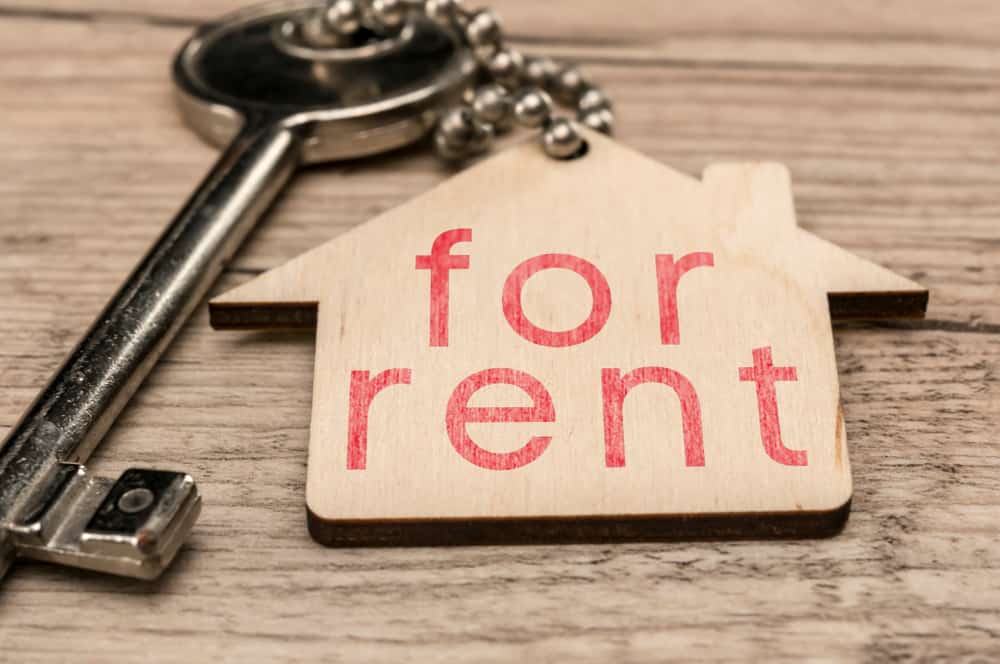
London saw an annual increase of 6.4%, taking the average to £1,752 per month – this jump of 2.3% was the biggest in the country.
Excluding London, the average UK rent price is up to £891 per month, a 7.6% year-on-year increase.
The South West saw a significant monthly drop in rent price, meanwhile, with the average now at £971, down 3.5% compared to last month.
Elsewhere, every region has seen a year-on-year price rise, with Wales (12.9%) and Scotland (10.8%) seeing the most significant increases.
Matthew Carter, head of marketing at HomeLet & Let Alliance, said: “UK rents are up by 9.7% on pre-pandemic levels (2019), but most of the increases have happened this year.
“At first, we saw rents outside London surge whilst prices in the capital dipped, but we’re now seeing rents in London rise much more rapidly, fuelling the record rental levels we see across the country.
“Typically, rental prices rise in line with inflation and wage growth; that’s something we’ve continued to see.
“Despite record rents, tenants moving home spend a similar percentage of their income on their monthly rent.
“In September, the average household spent 29.6% of their gross income on rent, compared with 30.9% in September 2019, before the pandemic.
“Housing follows the same fundamental laws of economics as other goods that consumers need.
“Ultimately demand, coupled with lower stock levels for certain types of property, are driving up rental values.
“The concern is that we’re at a point where there are some areas with exceptionally high demand.
“Landlords and the lettings market have faced a continued raft of changes and legislation; the government needs to carefully consider how any future policy might impact the 4.5 million households in the private rented sector.
“The governments push on homeownership shouldn’t be done to the detriment of an industry that plays a critical role in UK housing.”



